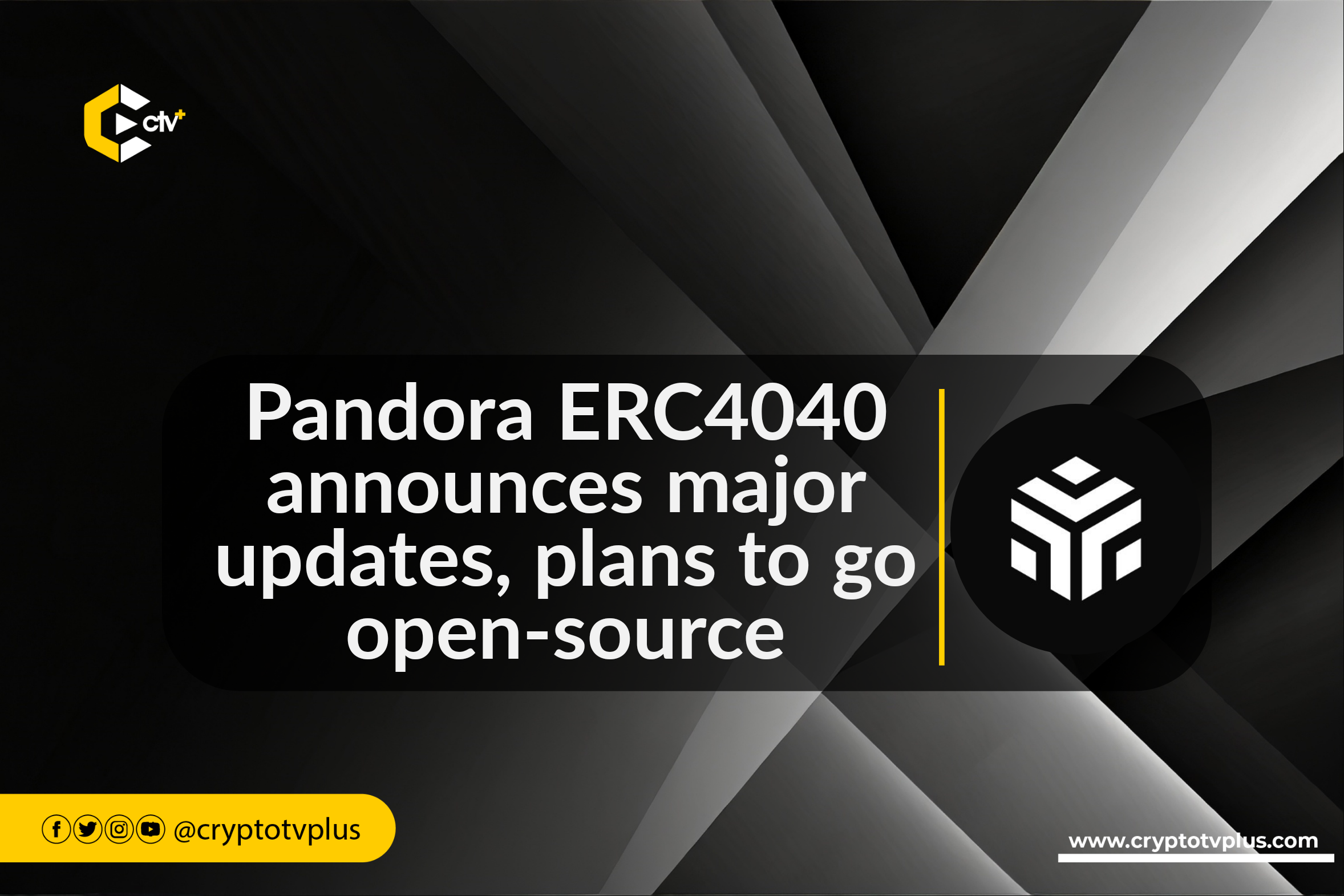News
Pandora ERC404 announces major updates, plans to go open-source

Just a week post-launch, Pandora ERC404 reveals substantial enhancements to its standard, opening the project for public review as it transitions to an open-source model.
Pandora is a project based on the ERC-404 token standard, an experimental Ethereum token standard that aims to enable tokens and non-fungible tokens (NFTs) to work simultaneously.
ERC-404 is an experimental Ethereum token standard that aims to merge the functionalities of ERC-20 and ERC-721. This enables the creation of tokens that combine the characteristics of both fungible and non-fungible tokens.
This standard allows for the development of fractionalized NFTs, which can be traded and owned by multiple wallets. The first token based on the ERC-404 standard is Pandora (PANDORA), which has gained significant attention and trading volume since its launch.
While ERC-404 is not an officially recognized Ethereum token standard and has not undergone a formal audit, it has received support from various cryptocurrency exchanges and platforms.
The developers behind ERC-404 are working on an Ethereum Improvement Proposal (EIP) to formalize the standard, although it is currently considered experimental and unaudited.
After the launch of the PANDORA token, its value surged by 30% crossing the $32,000 mark.
Pandora presented several notable improvements in its project. These include standardized design and implementation for ERC404, support for persistent token IDs through pooling, reduced gas usage in common transfers with optimized branching logic, improved integration functionality, and added support for token permits via EIP-2612.
However, Pandora advises that these updates necessitate a separate audit before being used in production. Auditors are prepared to commence their work once community input is received.
Additionally, Pandora announces the launch of an airdrop for the community. Interested individuals are requested to register within 48 hours from the time of the publication on X.
Read also; Kenya IT experts caution government on AI and Robotics bill













Pingback: Peter Thiel's Founders Fund buys crypto worth $200 million | CryptoTvplus - The Leading Blockchain Media Firm
Pingback: Polygon Labs reveals AggLayer V1 mainnet launch date | CryptoTvplus - The Leading Blockchain Media Firm
Pingback: Microstrategy to rebrand to Bitcoin Development Company - Michael Saylor | CryptoTvplus - The Leading Blockchain Media Firm